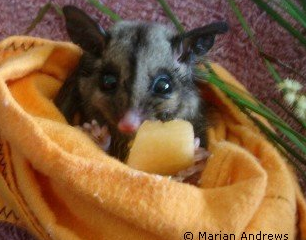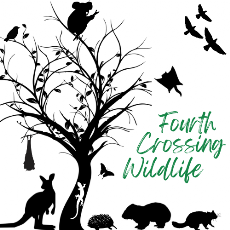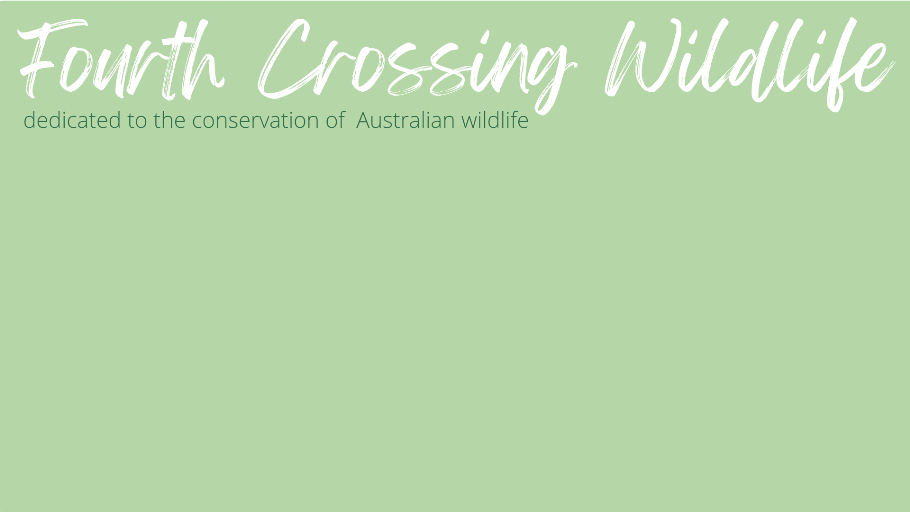Wildlife Resources
Marsupial Milk Formulas
by Linda Dennis
For many years the wildlife community has waged wars about which milk formula to use for rearing orphaned marsupial joeys.
Some consider that raising any joey on anything but Wombaroo is a death sentence.
This is unfounded and is not backed by any scientific evidence what so ever. Illnesses and diseases are not purely from milk formula choice.
While many carers have opinions relating to this, there has never been a scientific study to prove it, so the foundations are baseless.
All milk formula's have their place in the rearing of marsupials. Each animal is totally unique and where some may thrive on one product and not do so well on others, it can be totally reversed in another joey.
The milk formula argument is mainly nutritionally based. Some carers (incorrectly) believe that Di-Vetelact and Biolac milk formulas don't have the nutritional requirements for a marsupial and that raising a joey on these formula's will result in fur loss, cataracts and other diseases.
However, the symptoms which are claimed as a "syndrome" go much deeper - they can be caused by many factors including environmental, from complications received before the animal has come into our care and are simply out of our control and husbandry related - relating to total care regime. This is not to suggested that a poor care regime has been followed, however some carers may choose to blame a milk formula as it is easier than conducting a full investigation into their care regime and maybe finding and admitting fault.
At Fourth Crossing Wildlife we have raised different species of marsupial on three of available milk formulas designed for animals, that is: Wombaroo, Biolac and Di-Vetelact. Formula One (manufactured by Wombaroo) has not yet been used, except in emergency situations.
Fourth Crossing Wildlife is a release site and we get to see the animals long after release. To date there have been no nutritional complications witnessed in any of the animals.
If particular milk formulas were creating specific illnesses and diseases in hand-reared marsupial, then the symptoms would have undoubtedly been seen in Fourth Crossing Wildlife releases - and they haven't.
This article is not written purely from the results of hand-reared joeys at Fourth Crossing Wildlife, but from many other carers who have also had great success with all milk formulas.
Stephen Jackson has written a comprehensive paper on marsupial milk in his book Australian Mammals, Biology and Captive Management. The paper is titled Marsupial Milk, Milk Formulas and a Comparison with Monotreme and Eutherian Milk.
Following is some information on milk formulas that you may consider when deciding on which formula to give your animal. Part of Stephen Jackson's reported findings are in this section.
Considerations when using Milk Formulas
To date there is no published data on changes in milk composition in wombats. Any charts created for wombat milk have been extrapolated from kangaroo milk.
Cows milk is not recommended for feeding marsupials as the milk has too much lactose, which marsupials are intolerant too. Lactose is poorly digested in marsupials and feeding cows milk results in diarrhoea and other complications, the most severe being death.
When using the Wombaroo formula it is important to follow the manufacturers recommendations regarding mixing up the formula and the quantities offered to a joey.
Wombaroo formulas are specifically made for different age stages. <.4 (less than point 4) is not a weaker consistency than .6 (point 6) - it is a totally different formula. A joey at the <.4 stage will not tolerate .6 milk, even if it is watered down. You must feed the joey the correct milk. See Wombaroo mixing instructions for further information.
With Wombaroo you must ensure that you are giving extra water in between milk bottles. Wombaroo is a very thick formula and little hydration is received from the product alone (millks are a food, not a drink!). By not offering water problems may occur, like Cystitis.
Wombaroo gives better growth rate and hair quality than any other milk formula (Jackson, 2003).
Biolac and Di-Vetelact offers more freedom for the milk quantity offered to a joey.
It is considered by many carers that Biolac and Di-Vetelact may be better products for new time carers who haven't quite got the gist of the importance of Wombaroo accuracy. The quantity offered to joeys can be increased or decreased without problem.
If using Di-Vetelact you may not need to offer water in between milk feeds. The formula is watery and adequate hydration may be received from the milk formula alone. Ensure that you constantly keep checking on hydration, however, and offer water appropriately.
As Di-Vetelact is a very watery formula it can sometimes cause diarrhoea in a joey, especially when Formula A is being used. Adjust the mixture accordingly.
Di-Vetelact should not be mixed to a stronger consistency than Dilution B as this may cause constipation in the joey.
Wombaroo is offered by age, Biolac is offered based on a combination of age and weight and Di-Vetelact is offered based on weight. It is important to remember however, that the recommended quantity to offer is for a joey that is totally depended on milk (furless or just furred). As a joey starts to eat solids the quantity should be slowly reduced.
According to CSIRO research, Biolac milk contains more lipid concentrations (higher energy) and is closer to that of natural milk. Late lactation animals receive more "total energy" from Biolac milk than any other formula (CSIRO. Jackson, 2003).
Biolac is more readily digested than any another milk formula due to the ingredient galacto-oligasaccharides (special sugars) which are similar to the sugars found in natural marsupial milk. Therefore, using Biolac is likely to result in fewer problems such as diarrhoea (CSIRO. Jackson, 2003).
Given that the disease (cataracts) has been observed in wild macropods PY (pouch-young), has been seen in PY hand-reared on low-lactose milk and the fact that feeding of lactose-enriched milk formulas does not automatically result in cataract formation, this explanation (milk) seems unlikely. (Medicine of Australian Mammals - Larry Vogelnest and Rupert Woods).
Cataracts are most commonly seen in PY (either free-ranging or hand-reared), the aetiology (cause, set of causes) of which remains poorly understood. (Current Therapy in Medicine of Australian Mammals - Larry Vogelnest and Tim Portas).
Remember! to always transition between milk formula's. This includes when moving through the different composition formulas of Biolac and Wombaroo, or if swapping a joey from one product to another.
The point of the photos below is to show that:
each animal is unique
each animal has different requirements (eg: milk formula!)
that all species can thrive on any milk formula
that fur colour and appearance is as different in marsupials as it is in humans
that claims of pale and fluffy fur are not part of a "syndrome", but are part of an individuals unique characteristic.
Wallaroo - Biolac
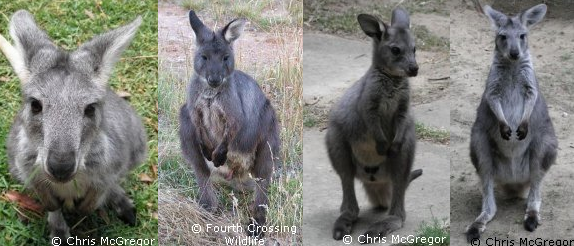
Wallaroo - Di-Vetelact
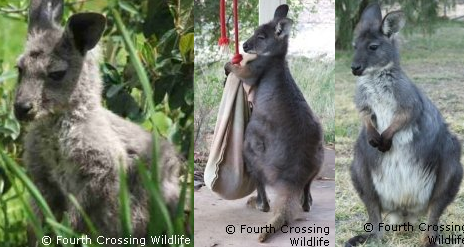
Wallaroo - Wombaroo
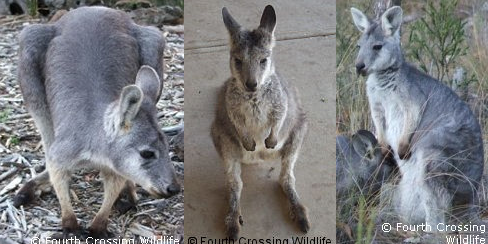
Wallaroo - wild
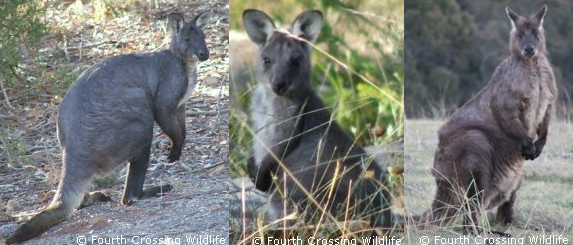
Eastern Grey Kangaroo - Biolac
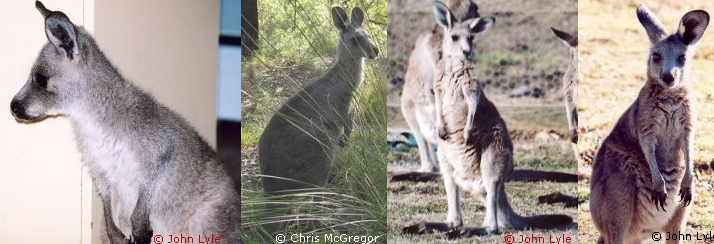
Eastern Grey Kangnaroo - Di-Vetelact
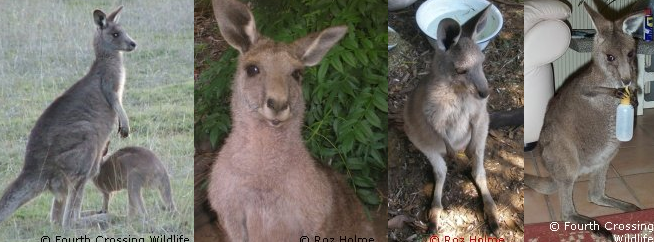
Eastern Grey Kangaroo - Wombaroo
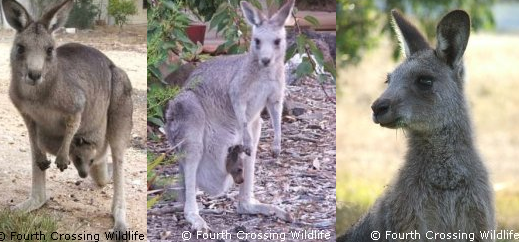
NOTE: pale fur colour does not indicate nutritional deficiencies associated with a "syndrome"
Easter Grey Kangaroo - wild
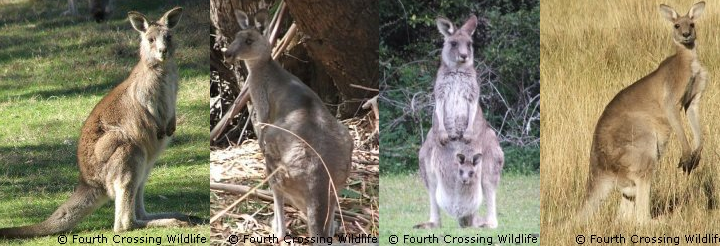
NOTE: even wild marsupials have fluffy fur - often claimed as a "syndrome" - which is really just part of an individuals characteristic
Swamp Wallaby - Biolac
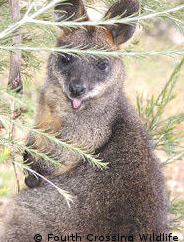
Swamp Wallaby - Di-Vetelact
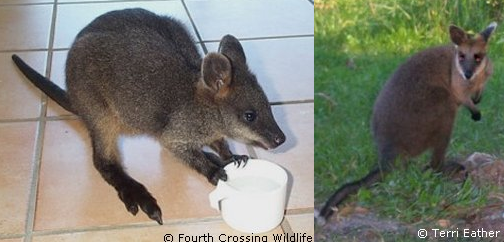
Swamp Wallaby - Wombaroo
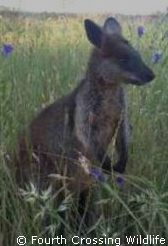
Swamp Wallaby - wild
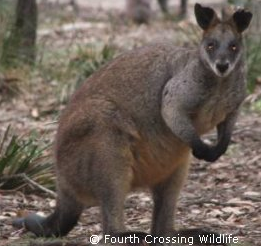
Bare-nosed Wombat - Biolac

Bare-nosed Wombat - Di-Vetelact

Bare-nosed Wombat - Wombaroo

Bare-nosed wombat - wild
Brush-tailed Possum - Biolac
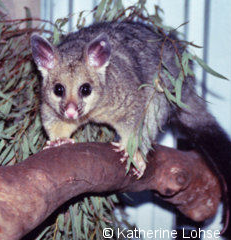
Brush-tailed Possum - Di-Vetelact

Brush-tailed Possum - Wombaroo
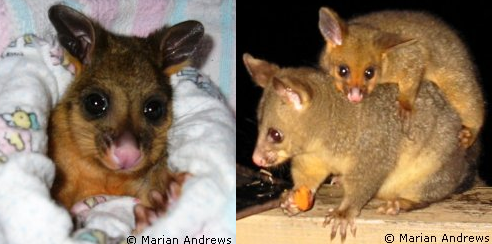
Brush-tailed Possum - wild
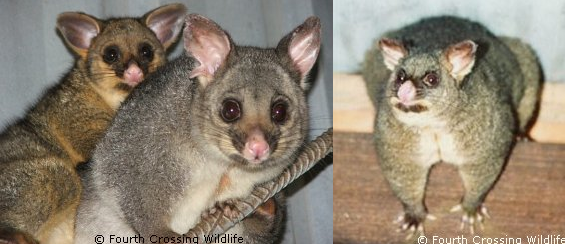
Greater Glider - Biolac
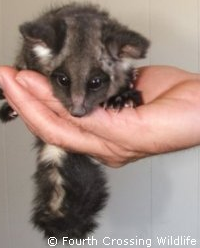
Great Glider - Wombaroo
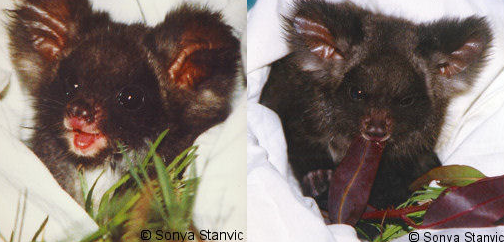
Greater Glider - wild
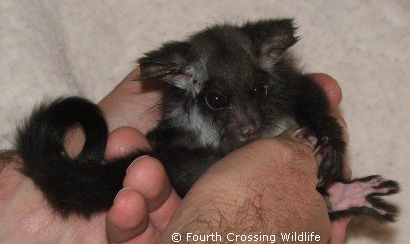
Sugar Glider - Biolac
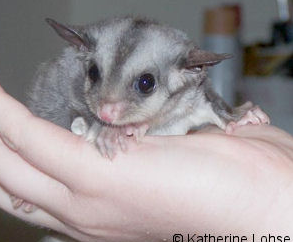
Sugar Glider - Di-Vetelact
